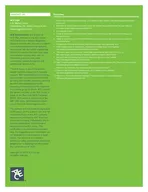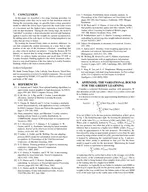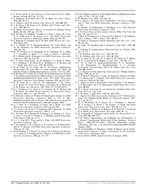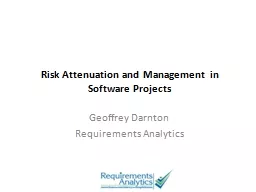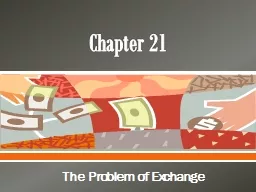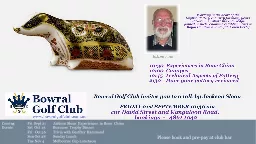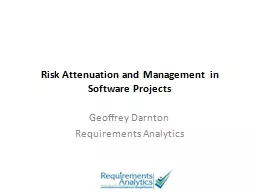PPT-Geoffrey Colvin, Ph. D.
Author : lindy-dunigan | Published Date : 2015-09-26
University of Oregon Managing ActingOut Behavior TM A review of the staff development program to prevent and manage actingout behavior Training School Psychologists
Presentation Embed Code
Download Presentation
Download Presentation The PPT/PDF document "Geoffrey Colvin, Ph. D." is the property of its rightful owner. Permission is granted to download and print the materials on this website for personal, non-commercial use only, and to display it on your personal computer provided you do not modify the materials and that you retain all copyright notices contained in the materials. By downloading content from our website, you accept the terms of this agreement.
Geoffrey Colvin, Ph. D.: Transcript
Download Rules Of Document
"Geoffrey Colvin, Ph. D."The content belongs to its owner. You may download and print it for personal use, without modification, and keep all copyright notices. By downloading, you agree to these terms.
Related Documents


